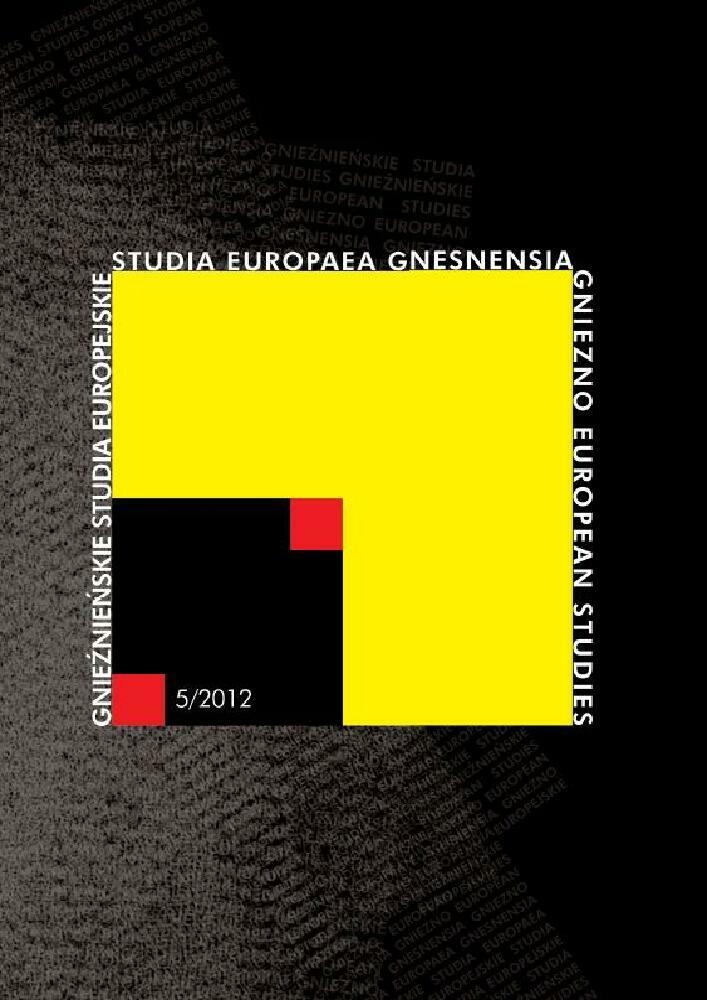Résumé
The analysed sword, discovered in one of the lakes in the environs of Bydgoszcz, found now in the collection of MPPP in Gniezno, is to associated with the earlier pre-Roman period. It may be classified as type II two-edged sword from the aforesaid period, after typology suggested by P. Łuczkiewicz. His chronology, following typological analysis and analogous finds in the areas of the Oksywie and the Przeworsk culture should be estimated as phase A2 – A3. The most proximate analogy comes from the area of Cuiavia, where, in similar conditions, a sword was discovered in Inowrocław-Mątwy (recovered from the Noteć river). A singular feature of the sword is the armourer’s mark which permits to ascribe it to a Celtic workshop. The sword from Bydgoszcz was probably made in a local workshop, in imitation of the Celtic swords. The occurrence of two-edged swords on the areas inhabited by Celts has a mass character, which is probably why swords of this type in the lands of Poland need to be associated with their temporary presence in Silesia and in Małopolska, or with the strong influence of the Latenian culture streaming from the south of Europe. A double-edged was a basic weapon, and of huge significance, which corresponded with the Celtic model of armament. Its co-occurrence with a weapon of a different kind reflected various groups of warriors, perhaps it existed not only as a weapon but also as a manifestation of a certain social status. The analysed sword supplements the group of finds of the type for earlier pre-Roman period, and may attest to a contact of societies inhabiting the basin of the Oder and the Vistula with Celts, also with regard to other areas of life.
Références
Chmielewski W., Jażdżewski K., Kostrzewski J., Pradzieje Polski, Wrocław–Warszawa–Kraków 1965, s. 250.
Dąbrowska T., Wczesne fazy kultury przeworskiej. Chronologia — zasięg — powiązania, Warszawa 1988, s. 228.
Fitzpatrick A.P., Ethnicity and Exchange: Germans, Celts and Romans in the Late Iron Age, [w:] Ch. Scarre, F. Healy, Trade and Exchange in Prehistoric Europe, Oxford 1993, s. 240.
Łuczkiewicz P., Uzbrojenie ludności ziem polskich w młodszym okresie przedrzymskim, Lublin 2006.
Woźniak Z., Osadnictwo celtyckie w Polsce, Wrocław–Warszawa–Kraków 1970, s. 161.
Licence
Copyright © 2012 by IKE and PTPN
